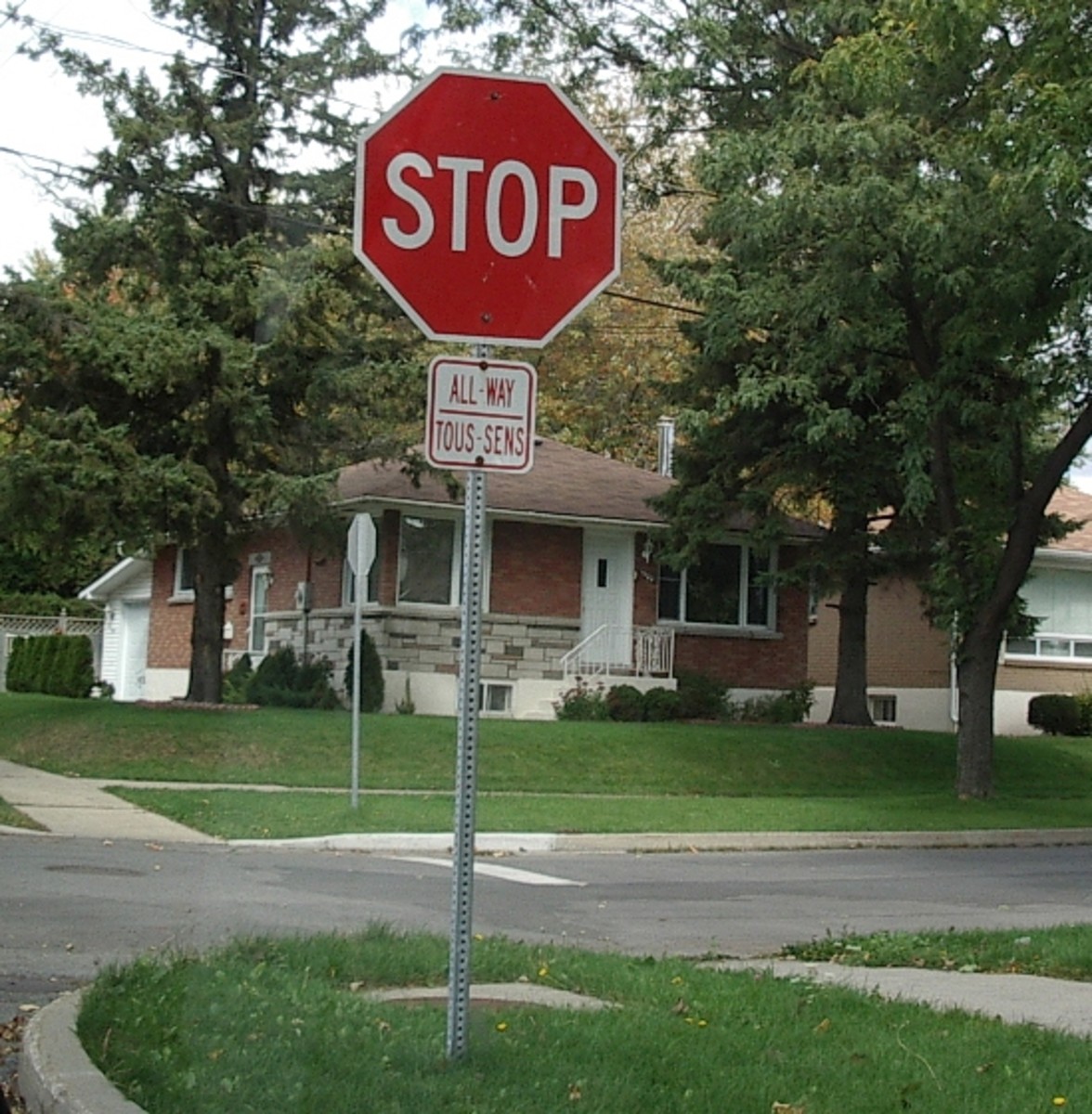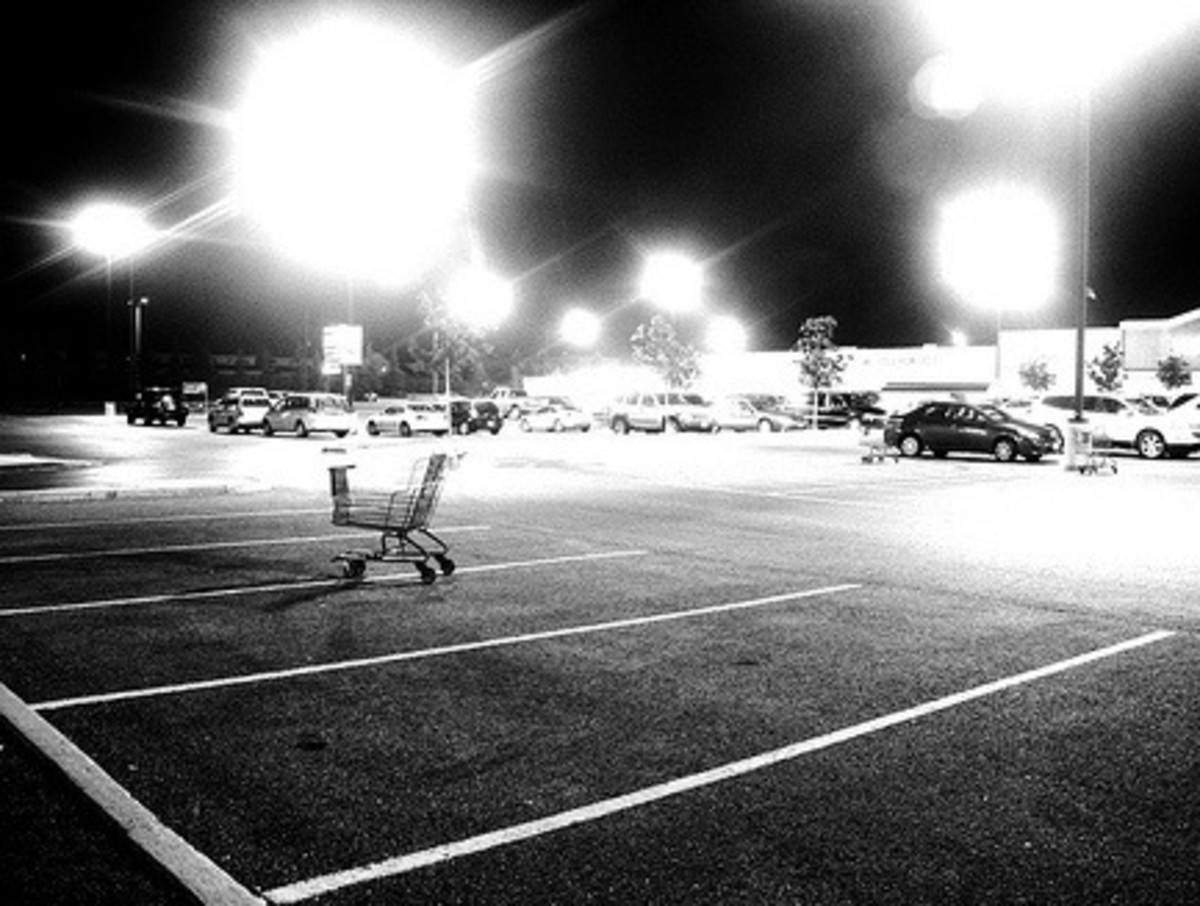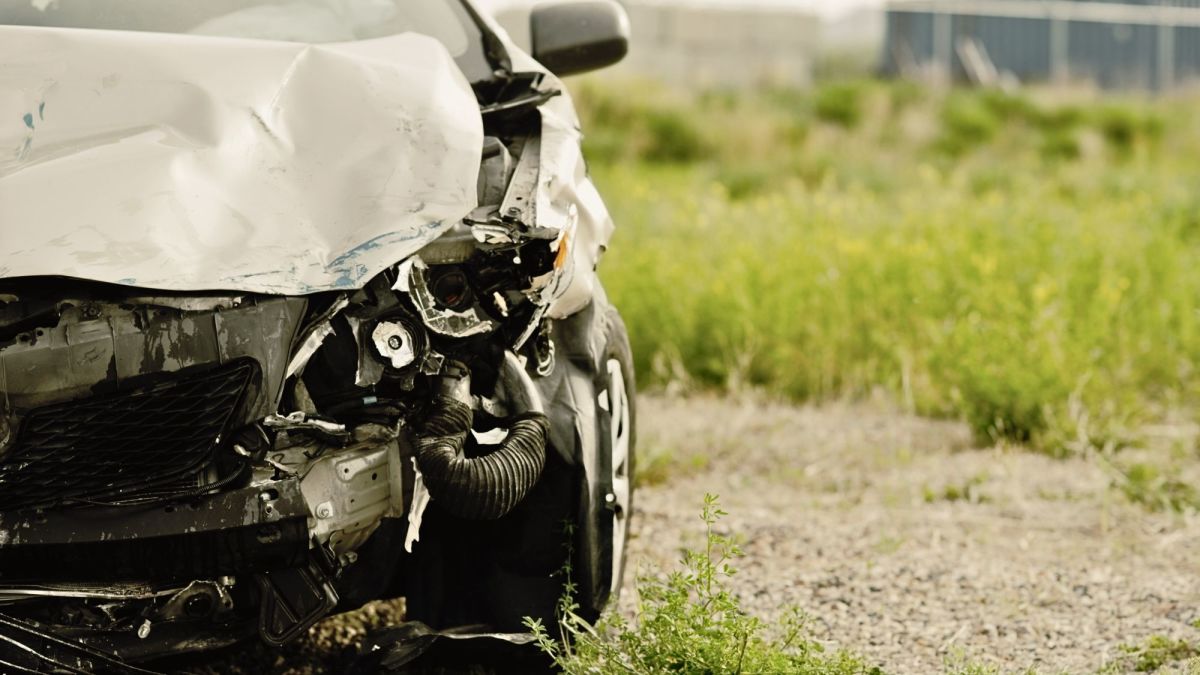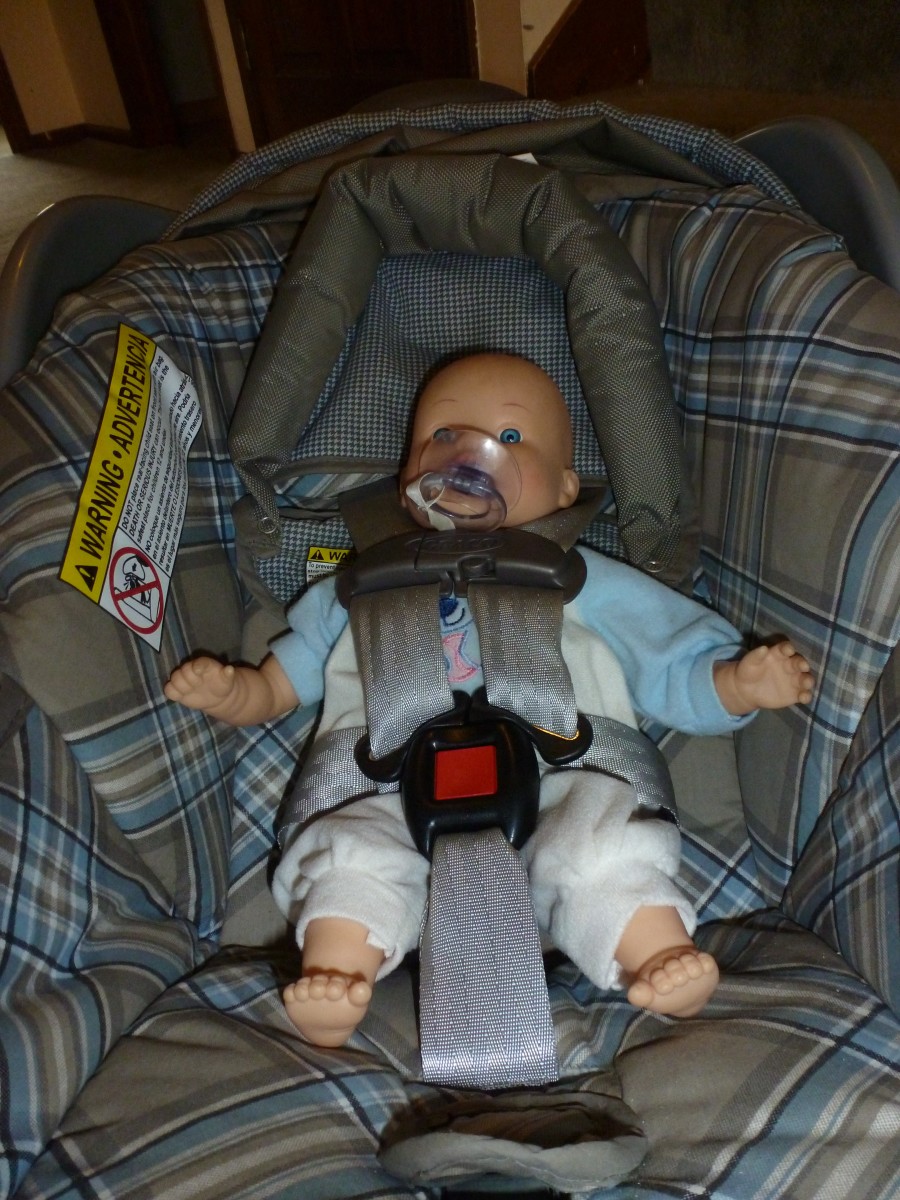Putting a Curb on Road Rage
Calm down and drive safely.
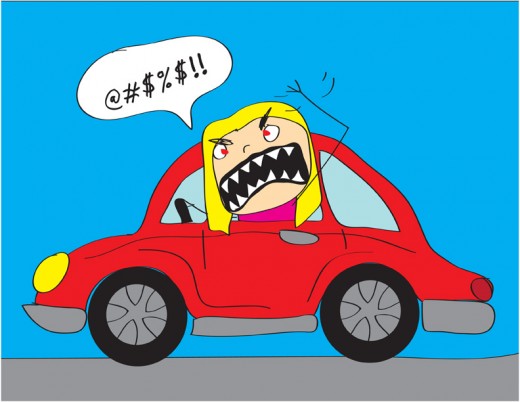
What is Road Rage?
What exactly is road rage, and what can be done to curb this ever-increasing problem on America’s roadways? Road rage, simply defined, is any action or reaction committed by a driver or passenger of a vehicle out of frustration, anger, or impatience towards another person or vehicle. Most acts of road rage are usually mundane expressions of anger such as honking your horn, flashing your lights, or swearing under your breath. Other acts are more serious: tailgating, cutting others off, sudden stops to annoy the driver behind you, speeding, or making obscene gestures. In many cases these actions have led to accidents involving serious injuries and even death.
Road Rage is an Ever-Growing Problem
Even with more awareness of the problem, the incidents of road rage seem to be on the rise. It is a problem so serious that it is even supplanting peoples’ fears of other longstanding driving concerns. According to an article on the website statisticalforecasting.com “a recent Gallup poll reported that motorists were more worried about road rage (42%) than about drunk driving (35%)” (Hightower, 2006).
Who is to Blame?
While a variety of polls suggest that more than one demographic of people are the most responsible for road rage (some suggest men are the culprits, others suggest it is the fault of women), they all tend to lean toward the belief that most road rage occurrences involve young people. Regardless of who is responsible, it is a phenomenon that is causing havoc on our highways. In an article prepared for the AAA Foundation for Traffic Safety, Louis Mizell writes, “at least 1,500 men, women, and children are seriously injured or killed each year in the United States as a result of senseless traffic disputes and altercations.” (2011)
The Causes of Road Rage
Just as diversified as the methods of road rage, so too are the reasons. The main factors that lead to road rage can be classified as environmental conditions (traffic congestion, other people’s bad driving, weather, and so on), instructive responses (retaliation for someone else’s poor driving skills, reacting to other's road rage antics), and territorial defensiveness (defending your personal space and property – the car, your passengers, and belongings). While no two incidents are exactly the same, the one thing that they usually have in common is that more than one stressor is at play when someone finally comes to the boiling point.
How You Can Curb Road Rage
As terrible as road rage is, and despite the fact that it is continually on the rise, there are a few simple things that individuals can do to help curb the problem. The basic idea is to think about how you want to be treated when you are driving, and treat others the same way. The next time you are driving, mentally keep a list of things that can improve your driving: do not block lanes, do not take up more than one parking space, do not use obscene gestures, do not talk on your cell phone while driving, use your signal lights, and leave earlier when you need to be somewhere to avoid adding more stress to your already hectic commute. If each person would start by changing even a few small things about their driving, it is possible that our streets would soon see a great decline in the number of road rage incidents.
References
Hightower, N. (2006). Statistical Forecasting. Retrieved from
http://www.statisticalforecasting.com/statistics/road-rage-statistics.php
Mizell, L. (2011). Foundation for Traffic Safety. Retrieved from
http://www.aaafoundation.org/resources/index.cfm?button=agdrtext
© 2018 Stephen Moore





